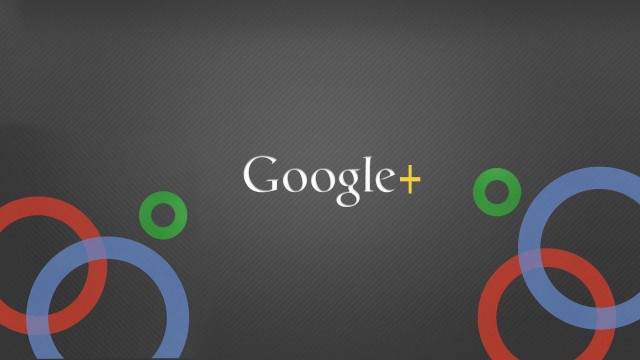-
Tips for becoming a good boxer - November 6, 2020
-
7 expert tips for making your hens night a memorable one - November 6, 2020
-
5 reasons to host your Christmas party on a cruise boat - November 6, 2020
-
What to do when you’re charged with a crime - November 6, 2020
-
Should you get one or multiple dogs? Here’s all you need to know - November 3, 2020
-
A Guide: How to Build Your Very Own Magic Mirror - February 14, 2019
-
Our Top Inspirational Baseball Stars - November 24, 2018
-
Five Tech Tools That Will Help You Turn Your Blog into a Business - November 24, 2018
-
How to Indulge on Vacation without Expanding Your Waist - November 9, 2018
-
5 Strategies for Businesses to Appeal to Today’s Increasingly Mobile-Crazed Customers - November 9, 2018
Google removes the interstitial mobile app ads completely for a better user
There is a lot more fluidity in an app experience compared to that of a mobile site. But it is one of the most annoying things for mobile users, especially when it isn’t easy to click through to the content without accidentally being sent off the to App Store for downloading.
Advertisement
Google has decided that it would be better for both the mobile web and for users to retire their app download interstitials for Google+ when viewing the plus page on a mobile device. On the other hand, approximately about 69% of the individuals completely abandoned the website leading to addition to the number of non – returning users.
Despite our intuition that we should remove the interstitial, we prefer to let data guide our decisions, so we set out to learn how the interstitial affected our users.
9% of the visits to our interstitial page resulted in the “Get App” button being pressed. However, “some percentage of these users already have the app installed or may never follow through with the app store download”.
69% of the visits abandoned our page.
Google believe that by setting the example of removing the interstitial ads, many company as well as app developers will follow it and ultimately provide users with ad free mobile browsing experience. (Sadly Google is not offering comparative stats with, say, the Gmail app interstitial, so we can but speculate.). Usually there is a large button to get the app and a small link to allow you to continue to the mobile site. They didn’t report the install numbers on Android because Google+ came preinstalled on most phones.
You’d expect the company to be thinking pro-actively about this, given its business model relies on ad clicks to power it. And it certainly won’t want the general shift from desktop to mobile computing to end up acting like an interstitial retarding the flow of its ad-based revenue stream.
Advertisement
David Morell, a software engineer for Google+, said in a blog post that stopping the interstitial ad led to an increase in users of Google products. And – quelle surprise – this more softly, softly approach performed better, with Google noting that 1-day active users to the Google+ website increased by 17 per cent.




























